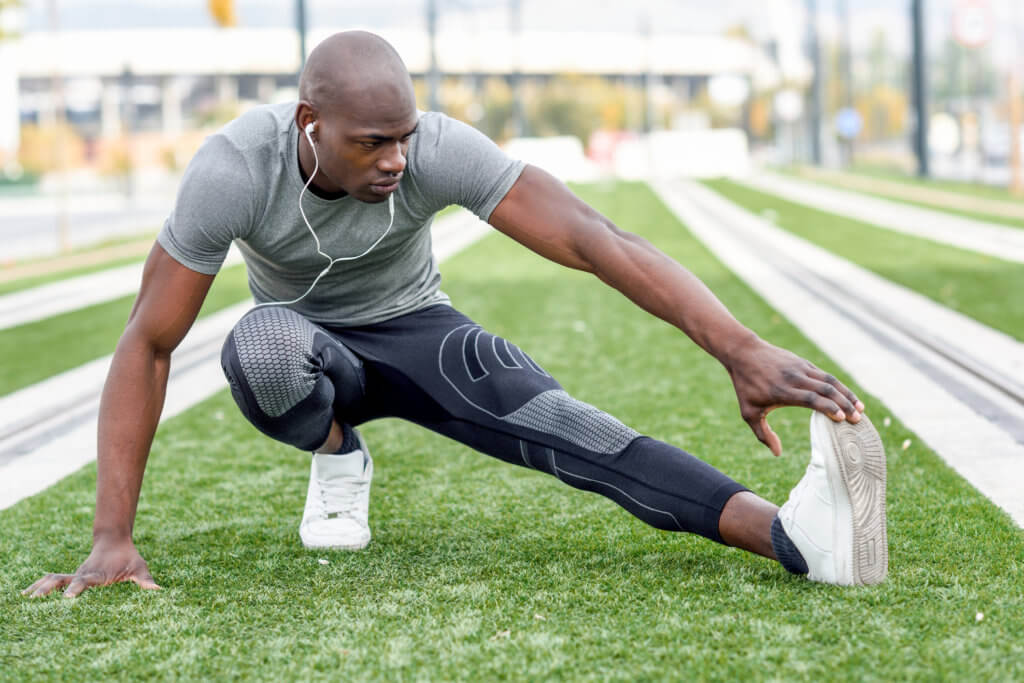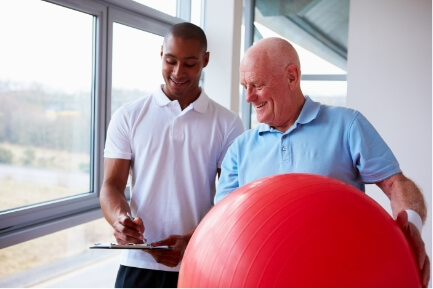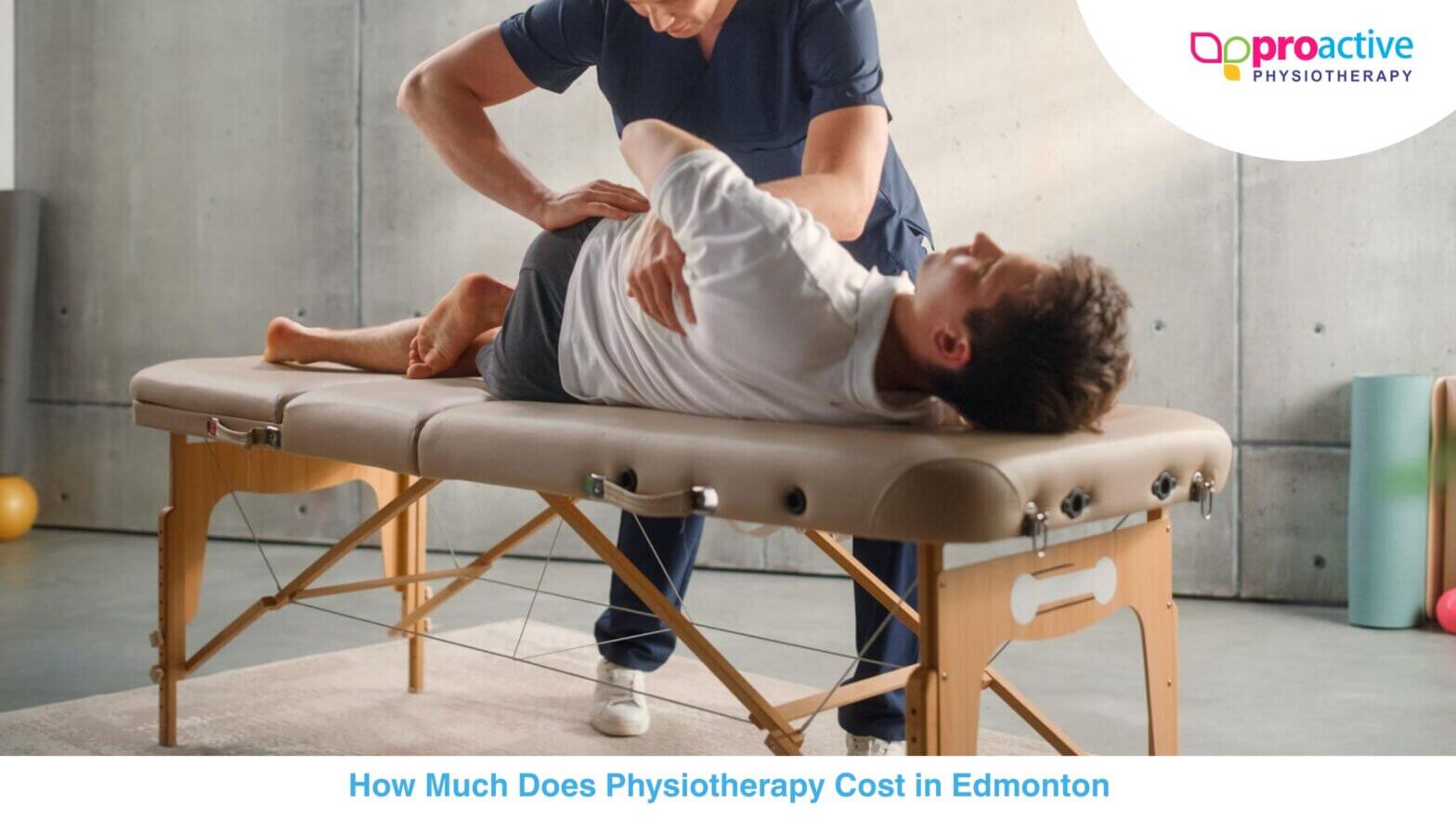Stretches that prevent a sports injury are very important. Staying flexible and fit is an important part of maintaining a healthy and long life. Sports injuries are a leading cause of injury amongst young people. Consequently, these injuries can have short-term and long-term consequences. These consequences are even more apparent with older athletes who need to go to work and can’t risk an injury. Simple stretches are a way to expand your range of motions in your joints while keeping them strong and healthy, therefore reducing your susceptibility to injuries.
Sports injuries can be prevented with sports injury stretches. Make sure you are holding stretches for at least 20-30 seconds to ensure the stretches are working for you.
These are the best stretches to prevent sports injuries:
- Forward and Side Lunges. Lunges are a great exercise to warm up the muscles along with getting the legs loose. Forward lunges involve kneeling forward on one knee. Side lunges require bending one leg and leaning toward that knee. Hold both of these stretches for 20 seconds.
- Side seat straddle. This is another great stretch to improve flexibility in the legs. Sit on the floor, legs spread apart, and with both hands, hold onto the shin of one leg. Lean forward, with your chin to your knee. Hold for 20 seconds. Switch legs and repeat.
- Knees to chest. Lying on the floor, bend your knees and bring them up to your chest. Rock gently and hold for 20 seconds. Repeat this several times.
- Seat Stretch. Seated stretch is a relaxing stretch that greatly improves flexibility. Sit with your legs straight out in front of you. Holding your shins or your ankles, lean forward from the hips. Then bring your chin towards the knees if you can. Hold for 20-30 seconds and repeat.
- Shoulder rolls. This is a great exercise to loosen up your shoulders and reduce tension. With your back straight, roll your shoulders up, back, and down. Do this 10 times, and then roll your shoulders up, forward, and down 10 times.
After every workout, you should utilize and repeat these same stretches to help your body to cool down. Stretching after a workout also allows you to reduce soreness and prevent tighter muscles. It also allows you to increase your flexibility because your muscles are still warmed up.
How often should you stretch?
- Before a game, practice, sport, or workout, all athletes should warm up their muscles with 5-10 minutes of light exercise. This could include a light jog or some dribbling and shooting for basketball. This warm-up is to increase blood flow to the muscles and tendons, making them less likely to be injured.
- After your exercise, cool down for a few minutes by decreasing your activity level. Cooling down helps the muscles eliminate any waste products and decrease soreness. You can also gently stretch the muscles used in the activity to help them.
- You want to stretch at least 2-3 times a week, only after warming up or after a workout, when muscles are loose and relaxed. Stretching before warming up does not reduce the risk of injury during a sport.
How Long To Hold Stretches And Why
- When doing sports injury stretches, make sure you also hold the stretch, don’t bounce up and down during it, find a place where you are comfortable, and hold it there. Bouncing repeatedly overworks the muscle, which will not help you increase flexibility and could cause damage to the muscle.
- Repeat stretches 2-3 times for each muscle group.
- Always remember there’s no prize or award for finishing a stretching routine faster, take your time and hold stretches for at least 20 seconds.
Learn more about sports injury physiotherapy with ProActive Physiotherapy.




